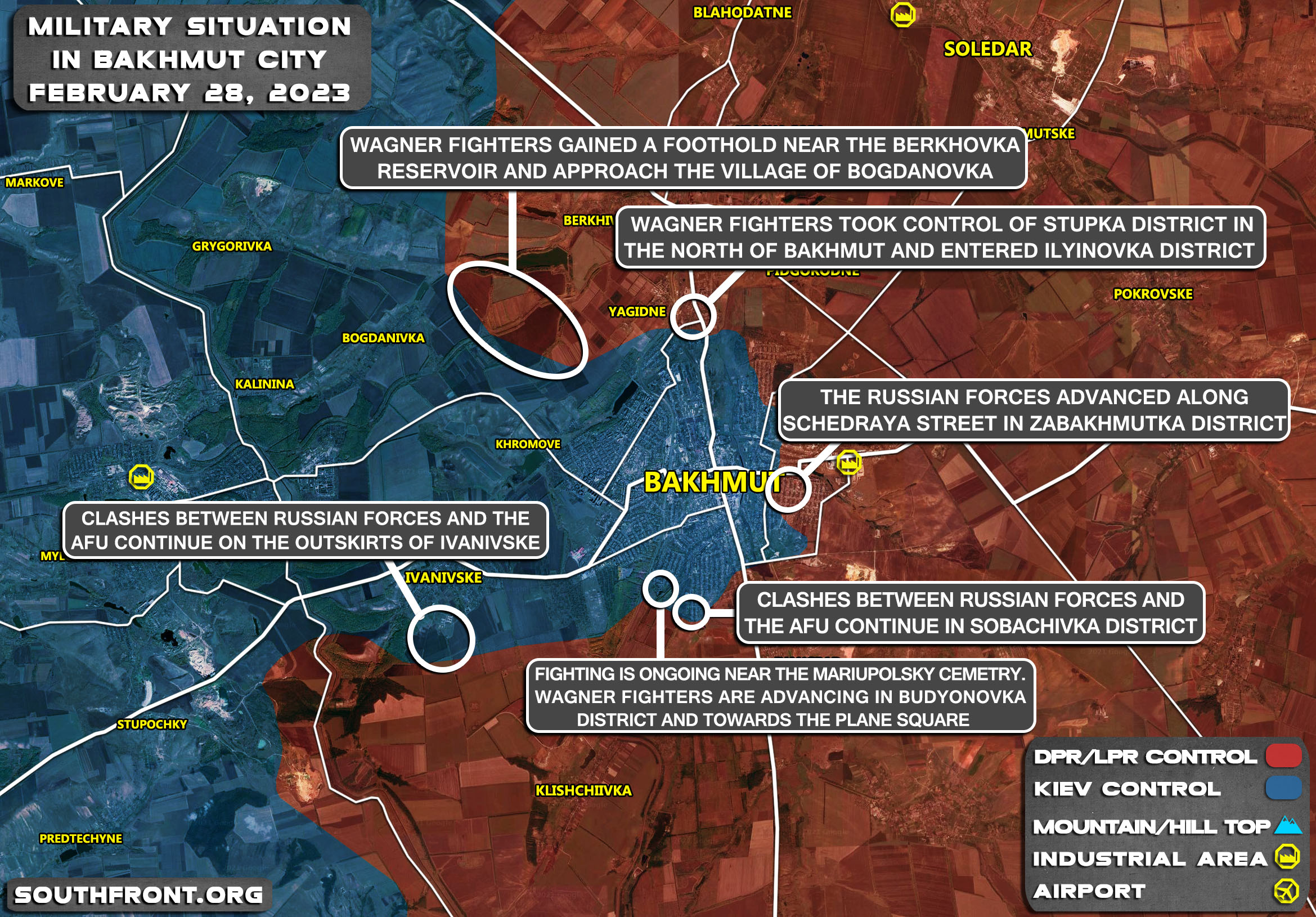Ukrainian President Volodymyr Zelensky said in his nightly address on Monday that the situation around the eastern Ukrainian city of Bakhmut is getting “more and more difficult” as Russian forces are closing in.
“The situation is getting more and more difficult. The enemy is constantly destroying everything that can be used to protect our positions, to gain a foothold and ensure defense,” Zelensky said.

Russian and Ukrainian forces have been locked in battle over Bakhmut since August 2022. Russia started making more gains in mid-January and is slowly encircling the city.
Bakhmut is a small city in Ukraine’s Donetsk Oblast with a pre-war population of about 70,000. Ukrainian forces have been taking heavy casualties defending the city, a fight that Ukraine’s Western backers don’t think is worth expending so many resources.
A former American Marine fighting in Ukraine told ABC News last week that the average lifespan of a Ukrainian soldier on the frontlines in Bakhmut is only four hours, and called the area a “meat grinder.”
Zelensky hinted last week that he was thinking of withdrawing from Bakhmut when he said the city was worth defending but not at any cost. “Yes, it is not a particularly big town. In fact, like many others in Donbas, (it’s been) devastated by the Russians. It is important for us to defend it, but not at any price and not for everyone to die,” he said.


